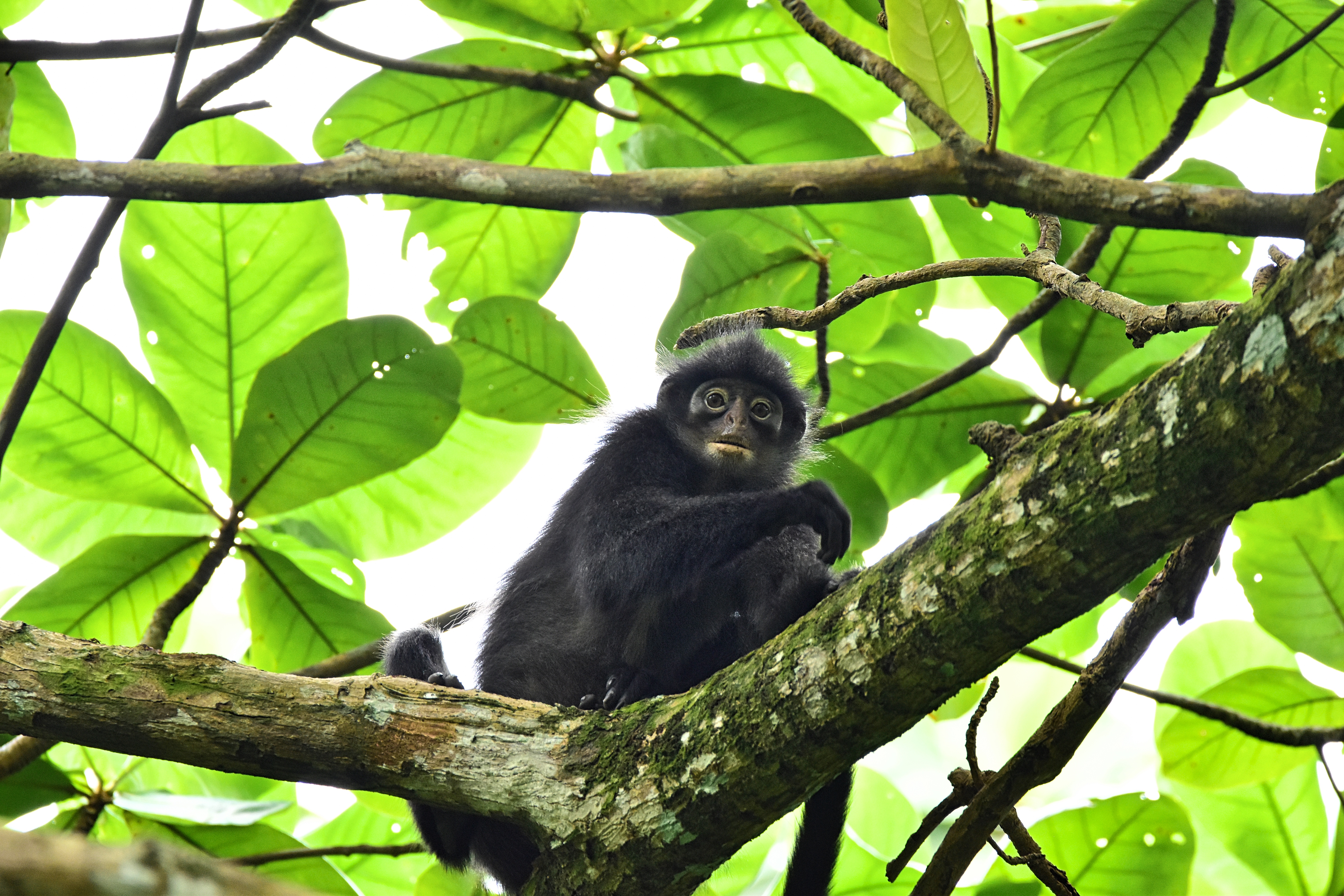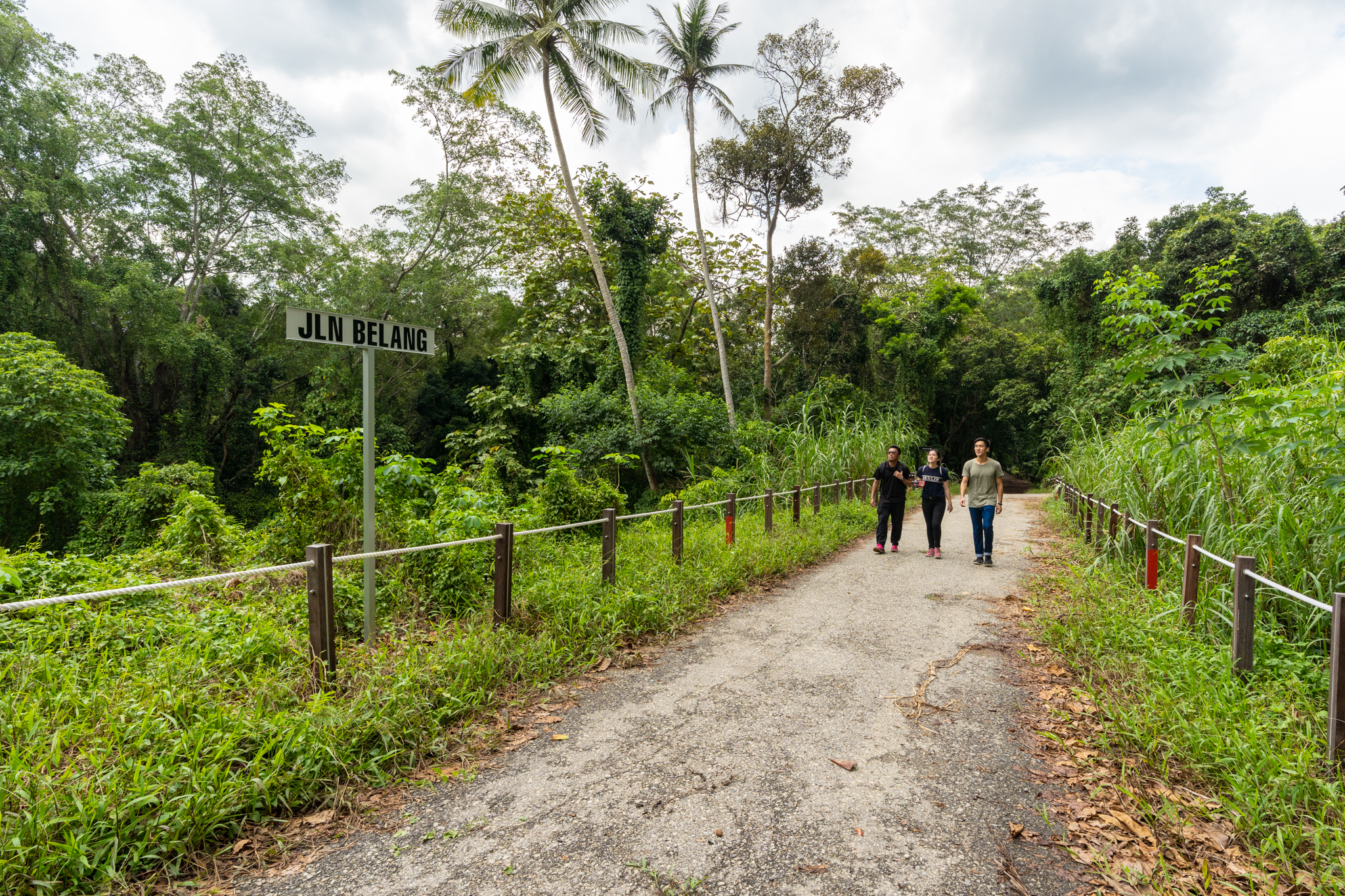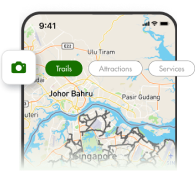1. How Did It Get Its Name?
The Raffles’ Banded Langur has quite an interesting story behind its name. Why? It is believed that Sir Stamford Raffles was the first to take note of these primates as a species new to science in 1822. It was then named after him.
2. Where (Not) To Find It?
The Raffles’ Banded Langur was once a flourishing species with reports indicating that you could find them in areas like Tampines, Changi,Bukit Timah, Pandan and Tuas.
However, the langurs were confined only to the Bukit Timah and Central Catchment Nature Reserves by the 1980s Recent research indicates that there may be only up to 60 individuals currently, limited to the Central Catchment Nature Reserve. This means the chance of spotting one in its natural habitat is extremely rare!
A number of isolated populations can also be found in southern Peninsular Malaysia but they continue to be threatened by habitat loss.
3. How Can I Identify It?
This furry critter is recognised by its black coat, prominent white eye rings as well as the white stripe down its chest, belly and inner thigh. It has a whitish crescent-shaped mark on each side of its face between its eye and ear.
These “cute” features were what made them ideal pets in the 1900s causing a heavy blow to their population numbers as many were poached to satisfy the pet trade.
4. What Are Its Habits and Behaviours?
The langurs’ diet largely consists of leaves, fruits and other plant parts that are easily obtainable in the treetops.
5. What Is Being Done To Conserve Them?
In an effort to boost the population of the Raffles’ Banded Langur, NParks has been working with the community to improve their habitat through reforestation and enrichment plantings.
To ensure their long-term conservation, the Raffles’ Banded Langur Working Group was formed in 2016. This group includes representatives from NParks, Wildlife Reserve Singapore, National University of Singapore, Nature Society (Singapore), Jane Goodall Institute Singapore and partners from Malaysia, Thailand, Indonesia, and has mapped out a Species Action Plan to guide and implement key conservation work.
Thomson Nature Park has also been sensitively enhanced with the planting of more than 1,000 native trees, including food plant species for the langur such as the Radermachera pinnata and Nothaphoebe umbelliflora.









